|
|
Weekend Notes: Monterey Gaps; Facebook Determination; Predictions from 2012By Graham K. Rogers
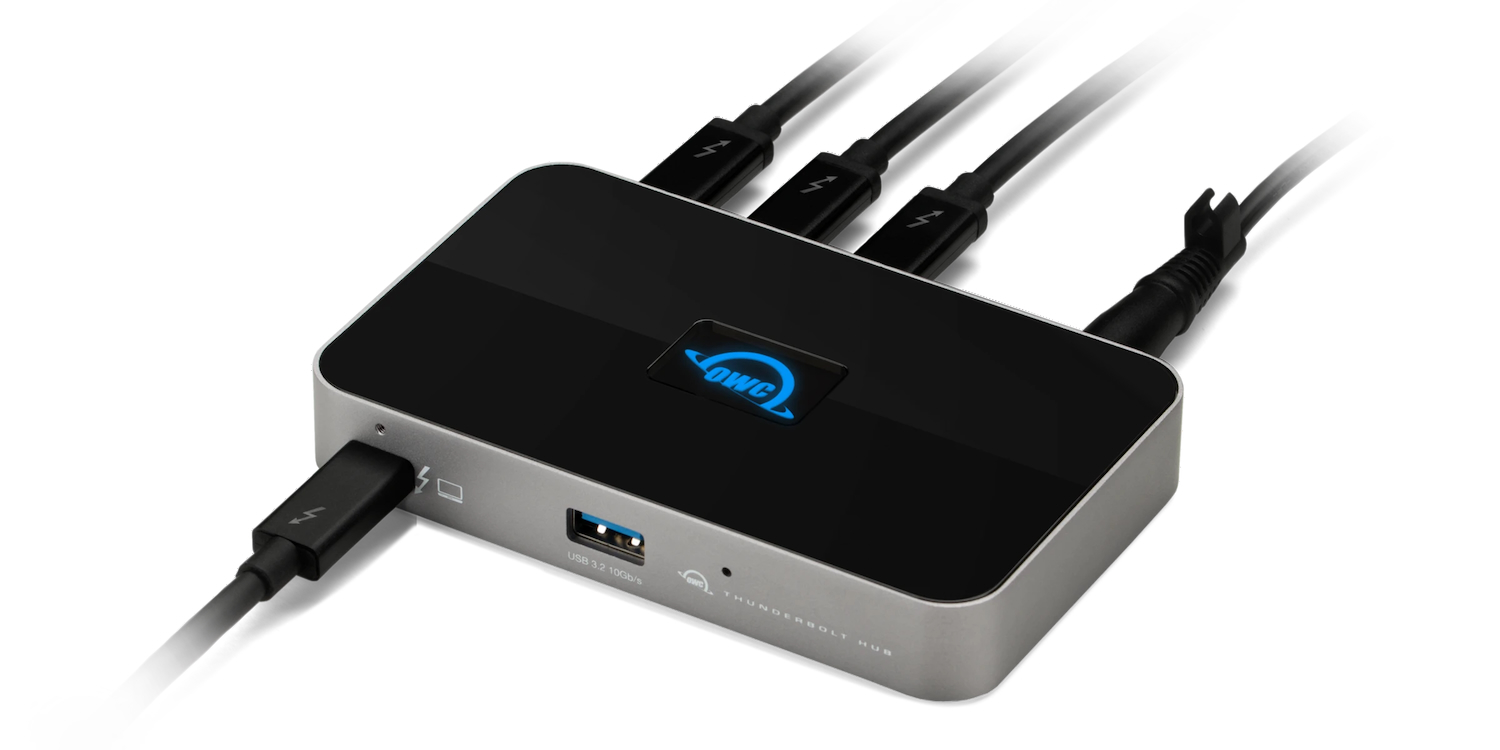 No problems for me with the OWC USB-C Hub and Monterey - Image courtesy of OWC
Apple has made some weak suggestions, like restarting the app, trying a different port, restarting the Mac, but users are no seeing any improvements. I have tried the camera on several occasions, just to try and surprise the Mac, but that doesn't work either. Here we all are, some 10 days after the release, with online reports multiplying, and there has been no fix from Apple, not even an interim update that might have helped, although a fix for an installer problem has now arrived (see below). It is not particularly hurting me as I can use the embedded camera in the Mac, but some users are having productivity problems. There are a number of suggestions about the variety of problems Monterey users are experiencing in an article by Paul Horowitz (OSXDaily). Starting with update availability and downloads, he also looks at Bluetooth, which is another problem I have with one speaker: everything else connects fine with BT. The article also looks at memory use (see below) and USB connection problems.
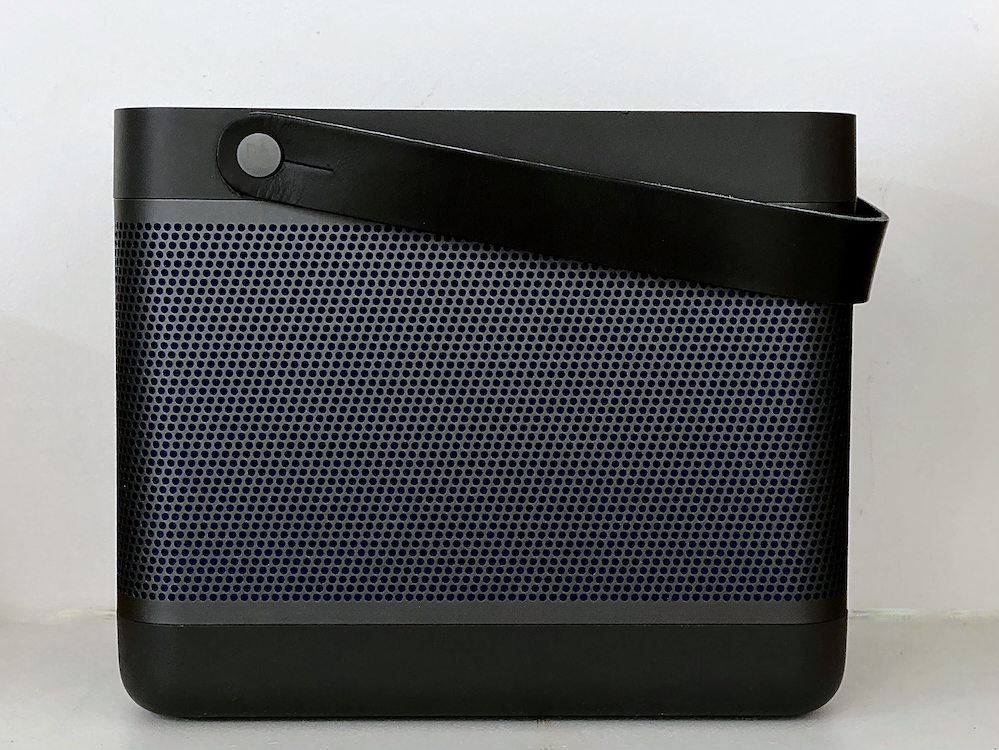 Beolit 20 unable to connect with Monterey (fine with iOS and iPads)
It had also been reported that some users experienced more serious problems when updating their Macs. Some older machines failed to complete the installation, while others stopped dead. Sami Fathi (MacRumors) includes a quote from an Apple Support document: "In very rare circumstances, such as a power failure during a macOS update or upgrade, a Mac may become unresponsive and so the firmware must be revived or restored." The article also mentions the next update to Monterey in the context of this problem and that it is not "expected to be released for at least several more weeks", which will also impinge on the USB-connectivity problems many are experiencing. On Saturday morning, several sites reported that Apple had released a fix for this, although those with unresponsive machines (aka bricked) will have to contact Apple. This week I was discussing the new Macs with a user in America who is considering a new Mac: his current device is not one that can update to the latest OS. I outlined my use of the M1 Mac and we discussed the connection problem which (we agreed) is a software problem. As his use requirements are different from mine with no heavy processor use, he may just move to the iPad Pro instead as that can do everything he needs. I had been thinking about the limitations of the iPad Pro - and why I will still need a Mac for now - since the Monterey update, particularly with the limitations on using the iPads as input to the Mac when conferencing. Currently I can only do this with a cable connection via QuickTime. I had hoped that screen sharing would fix this, but if I have another monitor connected for an online meeting the iPad also shares the Mac screen. The online meeting is when I want to use the iPad as input. There are other limitations. . . .
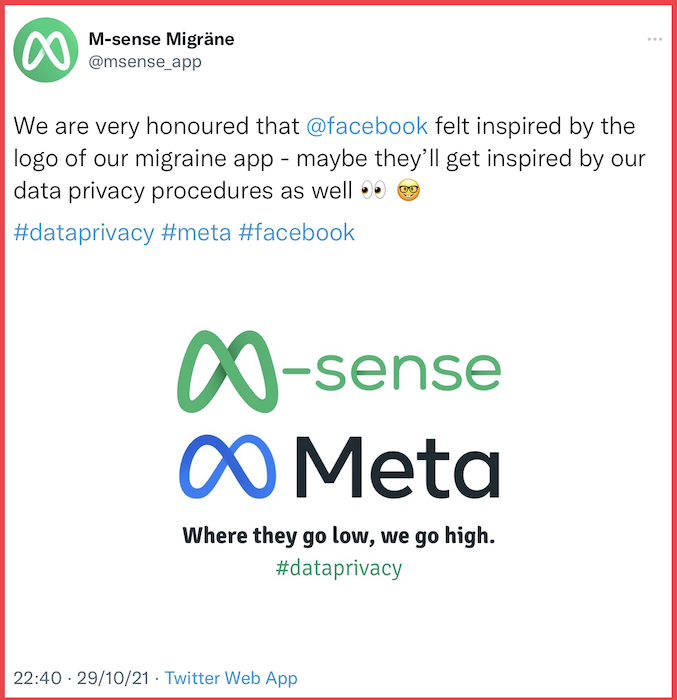

I read a couple of Guardian articles in the last few days in which some of the same concerns I have are highlighted. One of these, by Richard Ashby Wilson puts forward the comparison of the mail delivery man reading everyone's letters and making a fortune from that, as well as gaining considerable power. The article compares this with Facebook, noting that the mail carriers are forbidden by law from reading the letters they are delivering. Those who are caught, or in some cases hoard undelivered letters, can usually look forward to jail time. He argues that this use of data is similar to his theoretical postman and that legislation is needed. In another Guardian article, Dan Milmo reports on comments from a former Facebook investor and adviser, Roger McNamee, who "has called for misuse of users' data to be labelled as unethical as child labour." The article adds more from McNamee: "Extracting the essence of our humanity in data form and then using it to manipulate our behaviour is as unethical as child labour and it should be banned the same way that child labour was banned," which is pretty much what I have been telling my students and anyone else who will listen (although not the child labor part). I was also interested to see that Eric Schmidt, former CEO of Google had made comments on Facebook's current situation (Emily Chang, Fortune). He suggests that they prioritized income rather than honesty and that was their biggest mistake. Well, one of them at least: "a little too far on the revenue side and not enough on the judgment side". I saw Schmidt at the 2007 introduction for the iPhone. Like Jerry Yang (Yahoo!) he had about two minutes to comment on the iPhone and what he delivered was very confusing at the time. You have to remember also that the breakthrough Internet device that Steve Jobs introduced as part of the iPhone, was under-applauded by the audience who just didn't understand the potential. Now internet connectivity is at the core of these devices. When I look back at the clip of Eric Schmidt explaining about the interconnection of devices it all makes sense now: in 2007 he was years ahead of his time. He understood far clearer than most people how our devices would be able to connect and the potential that this would bring. I think he has a rather good understanding of what Facebook is and where it's trying to go. Mark Zuckerberg was outraged by Apple's inclusion of opt-out possibilities for advertising in iOS. Starting with full page newspaper advertisements, and going on a full offensive, he seemed to view this as the death of something. It has affected income, although Google and others are less concerned. Facebook and Zuckerberg went full on against Apple and Tim Cook, who simply explained that the users and their data come first. Stephen Warwick (iMore) now reports that Facebook intends to sidestep 30% payments on creator subscriptions although the technical implementation is a bit fuzzy right now.
I still think that Apple should change the iPhone to use the USB-C type connectors, although I am not in favor of the EU legislating to force this. If they insist on USB-C, who knows what may be developed in the future that has better features. And that would need a legislative change that would apply to all manufacturers, leaving a specific manufacturer either to share the development with all (after the slow change in the laws) and use FRAND. The manufacturer (not just Apple) would be unable to provide a unique benefit to just its own users, which is possible with other features (chips, glass and other materials).
If the writing is good enough, that will be reproduced exactly; though sometimes a couple of words may need correcting. If the writing is slanted, the highlighting is unable to include the text properly and what is copied may not be of use. Some writing on white paper cannot be copied: perhaps the contrast or ink color is wrong. However, taking a screen shot and saving to Photos may allow it to be copied. Some students write on paper that is not white, or take the photograph in poor light. A screenshot of the PDF may or may not work. This seems to depend on the quality of the handwriting: the software does not recognize the words as words. With typed text in a PDF file there is no problem. It is possible to highlight and copy that content into another medium without going through Photos. That handwriting also works with PDF files (or images) is a plus. It also works on the Mac although the controls (e.g. trackpad) are different.
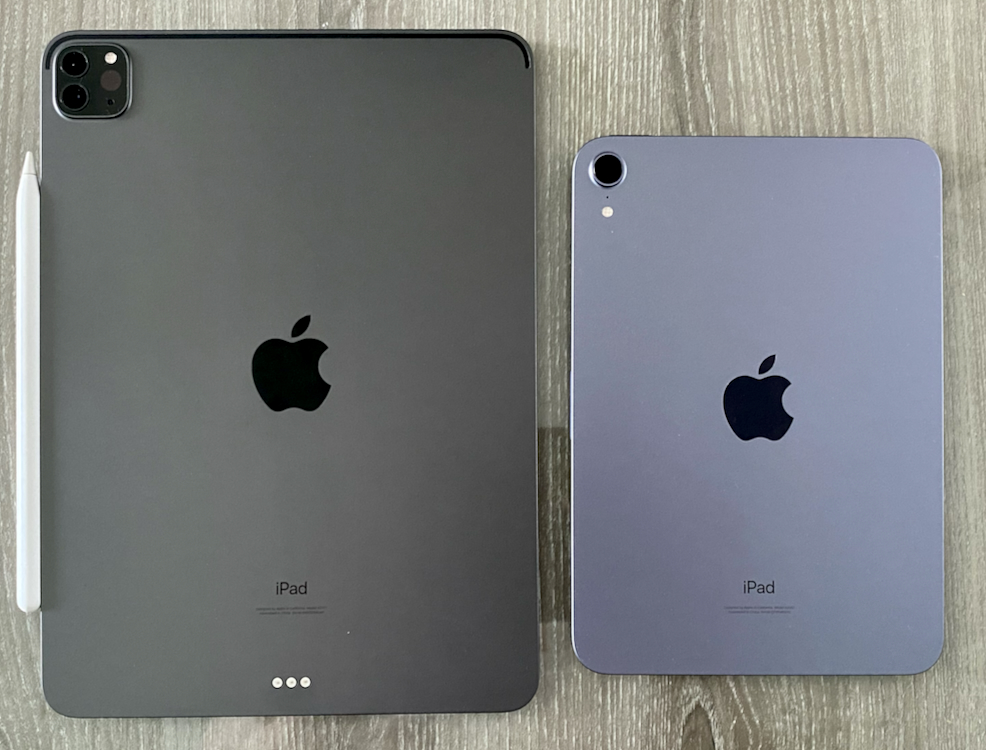 Current iPad Pro and iPad mini
One of the articles referred to the way Apple might use ARM chips in Macs: remember this is 2012. In the item, I wrote, "A year or two ago it was suggested that with its own facilities, Apple would be able to move away from Intel giving it not only the independence from that company (and the supplies to other computer makers) but the freedom to develop its own solutions that no one else would be able to use". The next paragraph is perhaps more revealing:
Another chip development is reported by Josh Ong on AppleInsider. A former Apple intern wrote a paper and it details what he was working on: porting Snow Leopard to ARM chips. While it was kept secret, the university in Holland has now let the undergrad thesis into the wild, although it is speculated this might have been one of Apple's decoy projects. There is no information as to the fate of Tristan Schaap who is currently working for Apple. Cassandra (which is the name I used when writing those article back then) was the daughter of Priam of Troy. She had the gift from the god, Apollo of being able to predict the future, but because she declined his offers, a second gift from Apollo was that no one would believe her.
Graham K. Rogers teaches at the Faculty of Engineering, Mahidol University in Thailand. He wrote in the Bangkok Post, Database supplement on IT subjects. For the last seven years of Database he wrote a column on Apple and Macs. After 3 years writing a column in the Life supplement, he is now no longer associated with the Bangkok Post. He can be followed on Twitter (@extensions_th) |
|


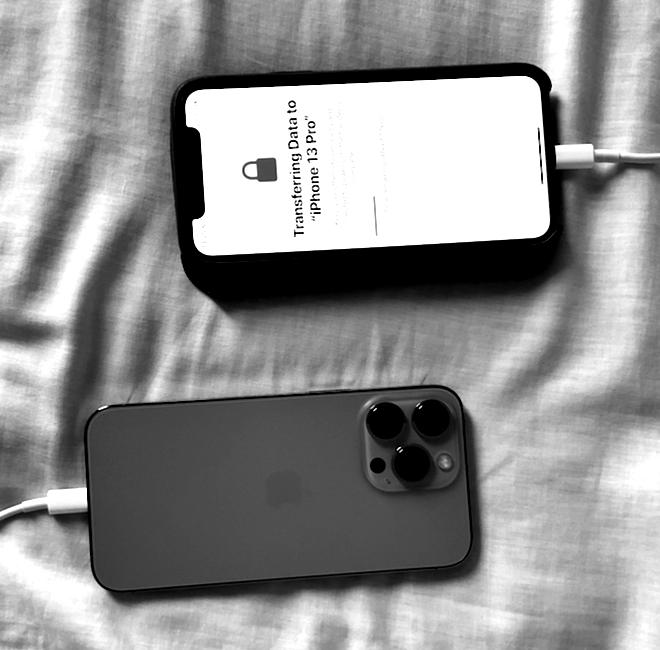 A couple of weeks ago, there were reports online about a robotics student in Switzerland who had removed the FireWire port from an iPhone and installed a working USB-C port, albeit with some limitations.
A couple of weeks ago, there were reports online about a robotics student in Switzerland who had removed the FireWire port from an iPhone and installed a working USB-C port, albeit with some limitations. 